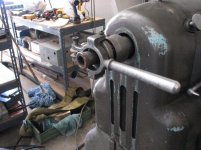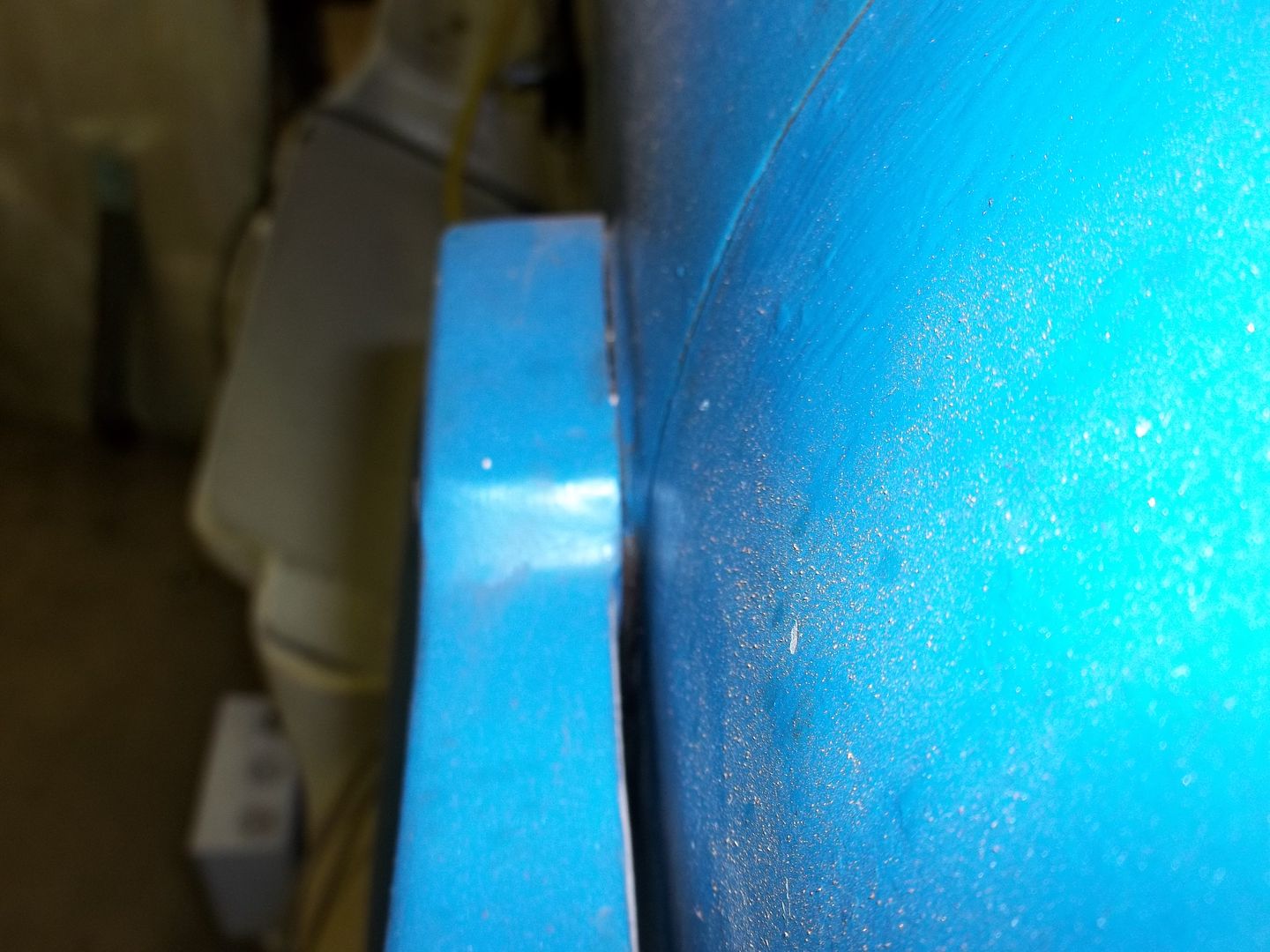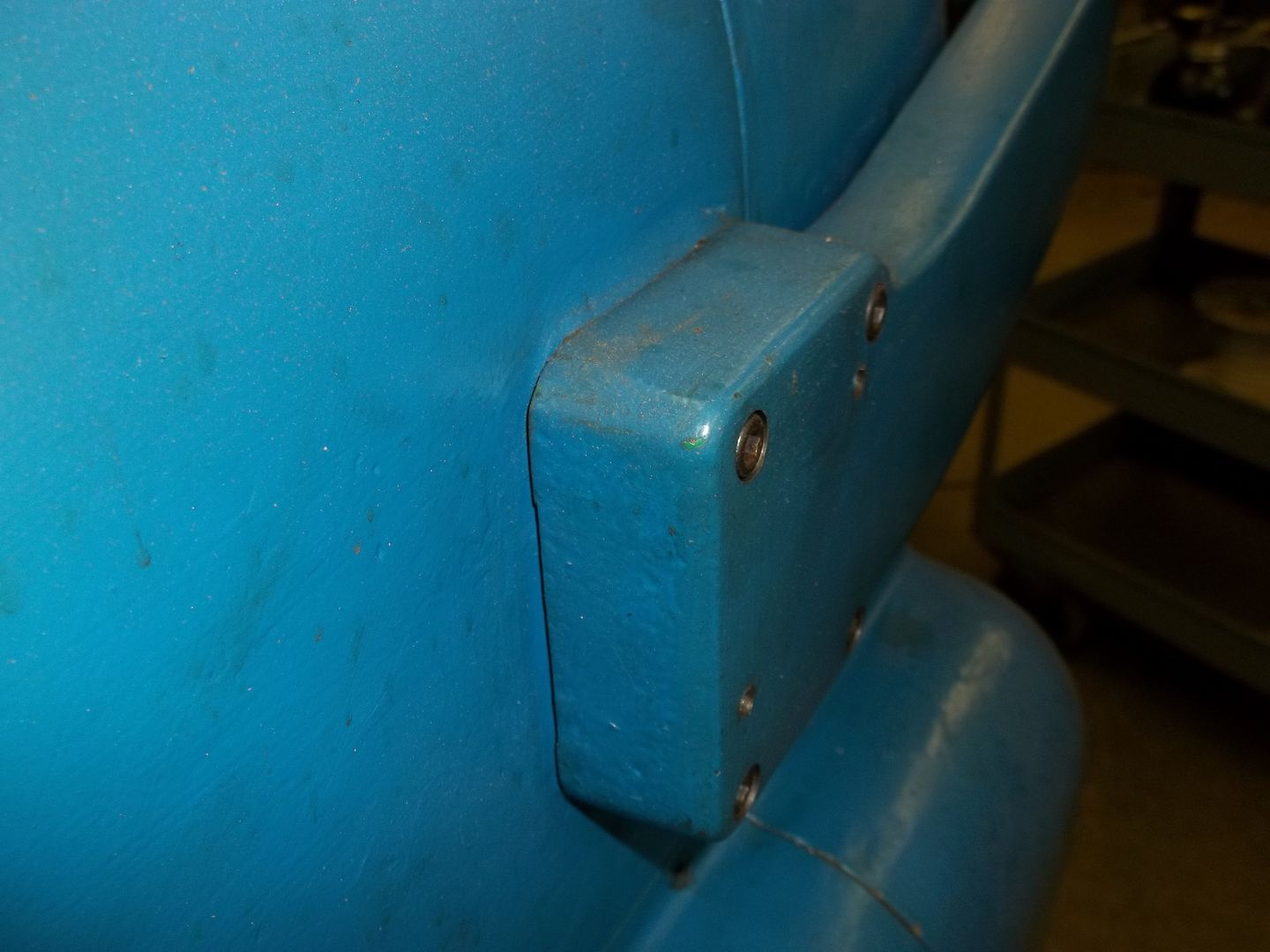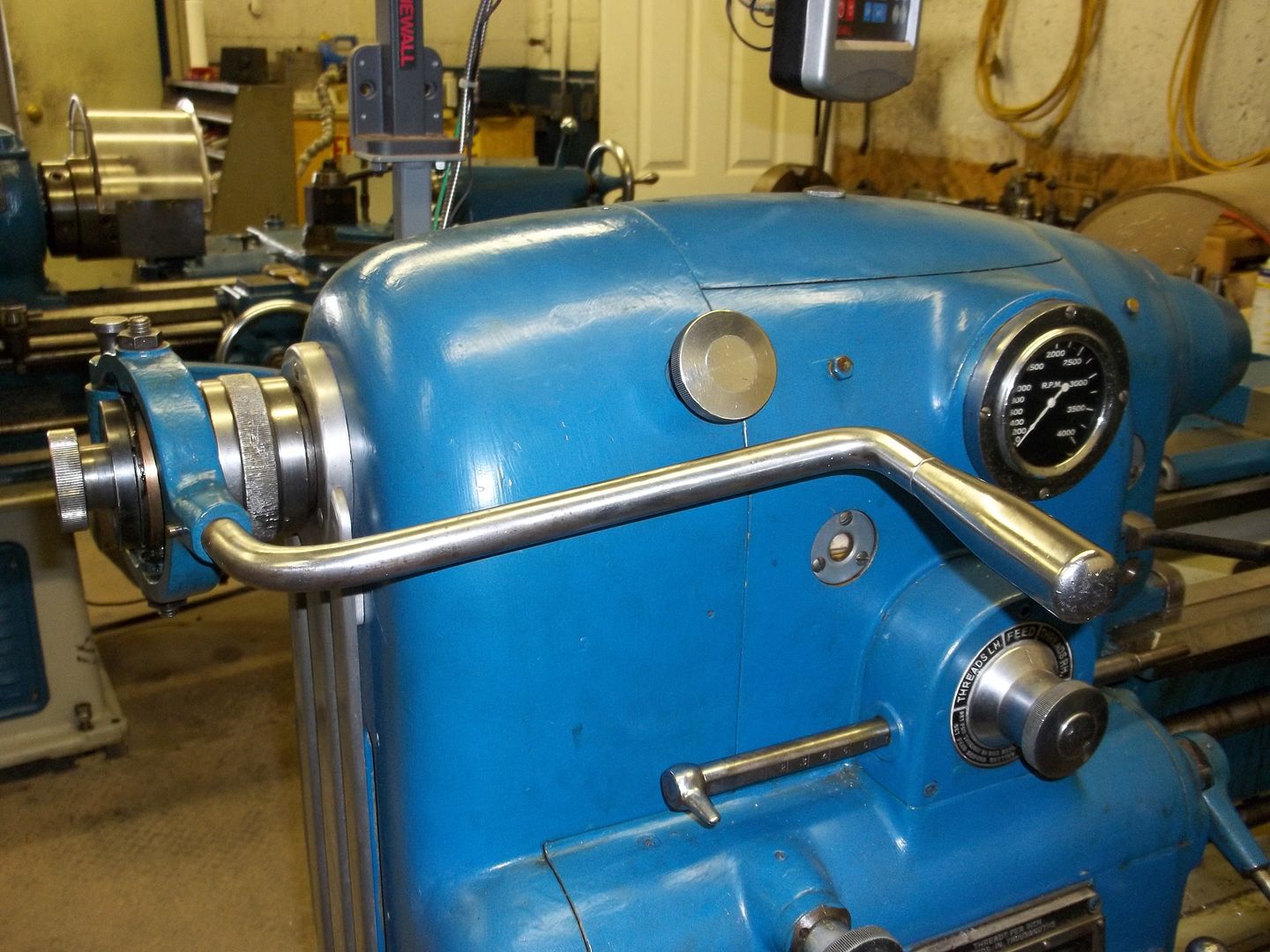RC
Plastic
- Joined
- Sep 11, 2006
- Location
- Sonora, CA
My EE has a Royal closer, but I want to install the Monarch I have(maybe). Photo( I hope) shows what I have. Don't know if it's all there. I also have a Jacobs flex system and a Hardinge 2J system. My Hardinge TBF has collets so I'm wondering if I need all the 5c stuff. I'm looking at need rather than want. Would anyone venture their favorite system? Thanks for input, Randy









